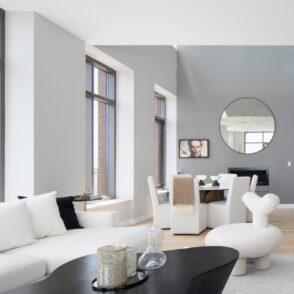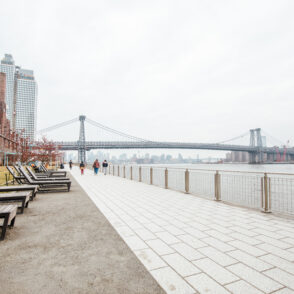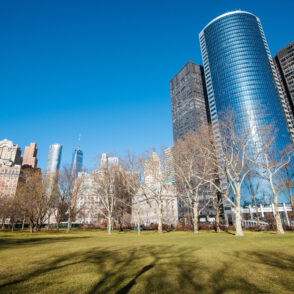When most people think of New York, images of the city’s towering skyscrapers and iconic skyline come to mind. But the New York Metropolitan area is also home to expansive suburbs filled with identical homes, white picket fences and HGTV-worth yards that exemplify the 1950s ideal of American success. For decades, particularly those following the Great Depression and World War II, suburban living was considered the epitome of the American Dream. Urban sprawl kicked into overdrive, giving rise to residential enclaves on the periphery of major cities across the nation.
As a result, the suburbs have traditionally been viewed as the ideal place to start and raise a family, with big backyards, quiet neighborhoods, good public schools and a strong sense of safety leading families farther and farther outside the city center. However, as cities like New York have made big strides to become safer and more attractive to families, this mindset started to shift in the late 90s, according to a study reported in a 2004 New York Times article. Now, with major corporations moving back to the cities from the sprawling suburban campuses of decades past, this trend will only continue as employees seek to live closer to work.
So, are you a city slicker or a suburbanite? Here are some pros and cons to both:
City: The Upside
- Quick and easy access to everything you need. It’s all in walking distance – or at most, a subway ride away.
- Culture and diversity. Museums, music venues, special events. New York is a bustling, thriving nerve center for everything that surrounds it, and as such, it’s bursting with a wide variety of things to do, requiring little effort (and often, little money) for residents to get there.
- Green space. Who needs a fenced-in backyard when you have Central Park? No matter where you live in the city, great outdoor space is usually a stone’s throw away, with parks, bike paths, dog runs, playgrounds and more in every neighborhood.
City: The Downside
- Getting out. If you can’t or don’t want to keep a car in the city, you’ll have a hard time getting anywhere that isn’t a dot along the NJ Transit, Metro North or LIRR maps. Car rental and rideshare services like Zipcar make this a little easier, but they come at a cost.
- The shoebox. That is, roughly the size of your living space. Prices in NYC are at an all-time high, so you’ll get a lot less for your money, which necessitates a certain level of creativity about how you store things like clothes, books and food.
- Daily chores. You’ll have a much harder time finding in-unit or on-site laundry, and dishwashers are hard to come by as well. If you live in a walk-up, it also likely means a great weekly weight-lifting work out – and potentially an excuse to skip the gym. Grocery shopping is also more complicated, though delivery services like Fresh Direct have made it much less of a hassle.
NYC Suburbs: The Upside
- Space. Because the suburbs are more spread out and less expensive than the city, your money will go a lot further when buying or renting your home. That translates to a larger living space, better chance of access to modern comforts like washer/dryers and dishwashers, and a backyard for the kids to play in.
- Lower cost of living compared to NYC. Everything is more expensive in the city. Getting more bang for your buck across the board leaves more room in the budget for things like vacations and contributing to savings accounts (don’t procrastinate on starting that 401k!).
- Privacy. If you’re living in a house in the suburbs, chances are your home is not physically connected to the ones around it. So, go ahead and assemble that new Ikea bookcase in the middle of the night – no one will hear the hammering or the shouts of frustration.
Suburbs: The Downside
- You have to drive. Everywhere. Suburbs are not well known for their walkability – most of what you need will be at least a short drive away – and gas prices do not make that prospect attractive. Bottom line, your carbon footprint will increase in the ‘burbs.
- Maintenance. If you own your home, you’re responsible for everything, including building maintenance. If you’re not exactly handy, that means hiring expensive plumbers and electricians, gutter cleaners, roofers, landscapers and more. And when the next big blizzard comes, it’s down to you and your shovel to dig out.
- Everything requires a day trip. Most cultural institutions and major music venues are located in the city – an easy trip for a city dweller, but much harder for those in the suburbs. Want to check out the new exhibit at the Met? Heading to a concert or game at Madison Square Garden? Get ready to shell out a lot more money and devote an entire day to the trip, where parking alone can run as high as $50.


